|

Tell us about your new book.
Talan and King Doniert’s Torc is part of a series set in the dark ages in Cornwall. Talan is a medic and cleric treating sickness with the skills he learned from his mother who was taught by Druids and his teachers in the monastery where he was placed as a child. On the way to a new Abbey, Talan is witness to a murder and caught up in a plot to overthrow a fledgling kingdom in the heart of Cornwall.
Using legend, folklore and the fabric of the moors, Talan and King Doniert’s Torc is a thriller that is careful in it’s historical possibilities as Talan attempts to help St Petroc keep the Dunmonii tribe from making advances into the Celtic nation.
A thriller? So would that be the genre you would ascribe to it?
Historical Fiction.
What kind of readers will it appeal to?
The Talan series will appeal to readers of historical fiction, as well as those interested in the late dark ages. This was an interesting time in British History. The Romans had left Britain, and the Celtic nations still left on the Atlantic fringe were attempting to keep their identity among the chaos of invading nations in the rest of the British Isles. Christianity among the celts was quite different to that taught by Rome, and the old druid traditions were still very strong among much of the population. I have always been interested in the blurring of faiths in this tumultuous period, and like to allow some of the folklore and Arthurian legends to surface gently. We will never be sure historically, but through the darkness of the deep pools of folklore I can allow some of those characters to rise and be viewed from afar.
How much research did you have to do? Have you reread a book after you’ve published and spotted a historical mistake?
Because I am writing about a time that is relatively lost in terms of primary sources, I have a certain amount of freedom in the process. Many of the closest accounts were written much later than the characters lived, and often the histories collide and confuse person and place. I enjoy the tantalizing glimpses of the past that can be seen through the mottled magnifying glass of our distorted references, legend and folklore. For instance the history of St Nectan, according to a 12th century manuscript, tells of his murder by thieves. When he attempted to convert them to Christianity he was beheaded. As his head was carried across the land the dripping blood became foxgloves. My interpretation is that Devon Saxons who were pushing west at that time murdered him, and he was killed in the early summer time.
In this way the folklore of the area including the Arthurian legends are also pointers to some kind of truth and I freely interpret them and use some characters as I see fit.
Some historical mistakes are intentional. I am happy to use the modern spelling and pronunciation of a locality. I find it helps the reader and I am not encumbered by archaic spellings and names.
Occasionally I have used characters that we have some idea of the date they lived in but it does not quite fit in with the 6th century. It is their impact on the landscape that I have used. For instance King Doniert was a King in Cornwall that died in the 800’s, actually much later than he is placed, but useful for the story, and a dramatic moment in Cornwall legend.
I am close to finishing a third story ‘Talan’s Voyage’ where he is attempting to reach the centers of learning in Iberia. Part of the story concerns the grail legend, Talan’s Cornwall is just before any Arthurian connections and it is interesting to allow some of these characters to breathe if necessary.
So this isn’t your first Talan novel? Tell us something about him.
Talan and King Doniert’s Torc is the second instalment in a series about a young medic and cleric in the dark ages of Cornwall.
Talan was sent with Nectan, one of the early Celtic saints, in one of the first missions to Cornwall. After Nectan was murdered near Hartland Talan finds himself caring for Nectan’s sister Morwenna, who had set up a hermitage across the valley in Morwenstow.
This is where I begin Talan’s story, a young man with some freedom to practice his skills among his newly adopted land.
Talan and The Welsh Boy is the first instalment, and is a short story set on Bodmin Moor. Morwenna has been cured, and he is asked to help a young lad with a mysterious illness living with his single mother, St Nonna.
You are obviously intrigued by Celtic history. Can you give us a quick introduction, and tell us how it matters today?
At one time the Celtic nations occupied a greater part of Europe, emanating from an area close to Switzerland. After the rise and fall of the Roman Empire few Celtic nations were left, and only on the far western fringes of Europe. The west and north of the British Isles became a mythic land to many of the Celts, especially during the Roman occupation. With the fall of the Romans these Celtic lands held a tradition of learning that was very old, and, from the little we know, based on plants, trees, and natural phenomena. I suggest that if there had been more of a written record, rather than the traditions that legend says were passed down through verse and ‘bardism’ we would have a vibrant record of medicines, healing, philosophies and history stretching back through many centuries of Celtic thought.
With the growth of Christianity, certain aspects were kept and embedded into the new faith. Many high holidays have always featured heavily in the communities, rather than the churches’ calendar: The mid-winter feast, the coming of spring, and the Autumnal start to the year, are examples. There is also the darker side to our psyche, not transferred at all by the church, the belief in ghosts, and spirits and hauntings. These must be a throwback to these times, imprinted on our subconscious, in some DNA like group memory.
I don’t think that Talan is that much interested in any of this, he seems happier to spend his time in learning and understanding the concrete. Politically he treads a fine line between the new and old faiths. As a tribute for his father’s courage as a warrior priest, King Brychan (Nectan and Morwenna’s father) allowed Talan to be educated at court and his early monastery. But his mother never accepted the new faith, she was a healer based on the old ways. She is accepting of her son’s fortuitous education but will probably never accept his religion.
My interest in this world was seeing the holy wells and crosses that dot the landscape hereabouts. I was intrigued by their significance. Many of the wells were very old, and named after a local saint. Often located just outside a nearby church, their simple design and hidden histories intrigued me, and after visiting many and imagining life around them I decided to write about the time when they transitioned from being part of the old faith to the new.
As Benedetto said ‘All History is contemporary history’, and probably I, and Talan, are seeking similar things- to live simply without materialism, beside the baffled roar of the western shore.
How long did it take to write?
About six weeks.
What was the most challenging part of your creative process?
Keeping the characters true. This is the second instalment in the Talan series. In this book he must learn to be more astute in a political world, as he is asked to take on a novice not much younger than himself.
Writing isn’t your only creative outlet, is it? Can you tell us about your photography and your videos?
Living close to the sea I love the constant change of the vista, everyday the sea has a different colour and texture. The ocean has become a very integral part of my life, spending hours at sea surfing, or exploring the coast I found photography a natural outlet. Luckily it has allowed me to work in the photographic industry as a location manager and occasionally as a photographer myself. Video came from that.
Tell us a bit more about yourself.
I live and work on the North Coast of Cornwall. Many of the villages and churches along this coast are named after saints who arrived from all over the celtic world to live in quiet contemplation. The traces of the dark ages are all around me, tantalising glimpses into a long forgotten time. When the surf is poor I like to find the old crosses and wells that dot the landscape. Many of these were created in Talan’s time and it is a pleasure to visit them, sentinel-like in the landscape, signposts to history. I have a history in journalism and copywriting.
Have you got a blog where readers can keep up with your work?
http://lee-robertson.co.uk/
And where can people buy Talan and King Doniert’s Torc?
Amazon, ibooks and all the distributors serviced by Smashwords.
What’s next?
I am close to finishing a third instalment, tentatively entitled ‘Talan’s Voyage’. After waiting so long to visit Brittany and Iberia, Talan is offered a chance to travel. Little does he know he has become embroiled in a plot to save the ancient druidic tradition.
***
Join the Indie Author Land Facebook community and be the first to hear of each exciting interview.
|


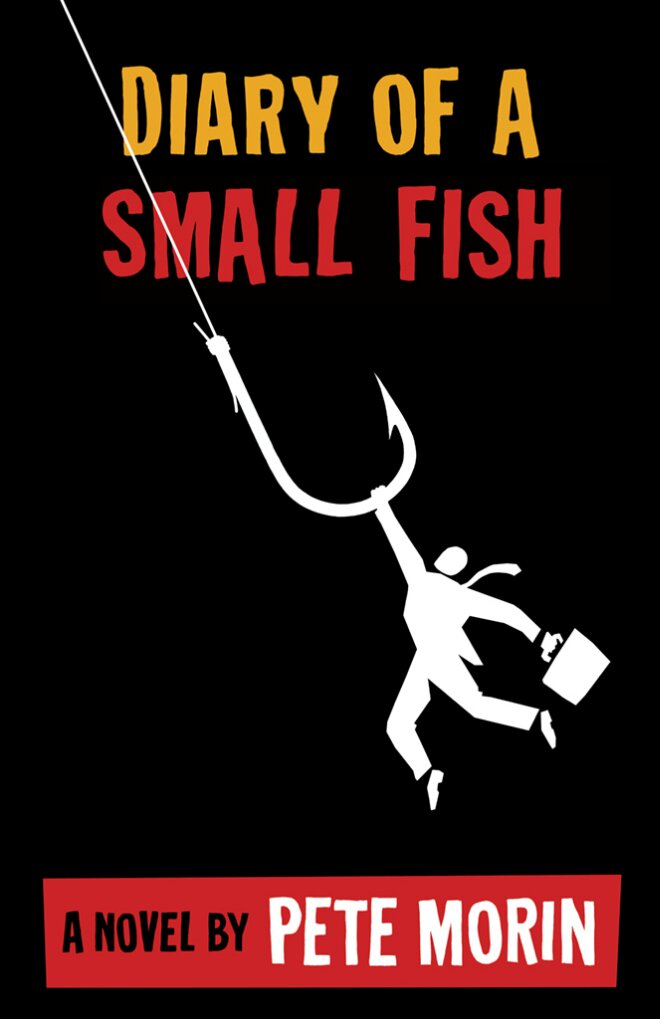
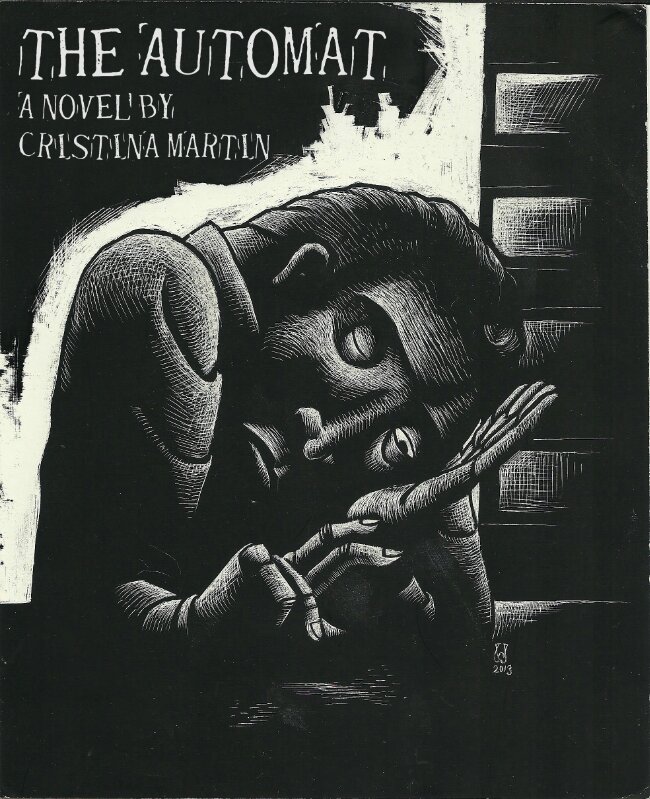
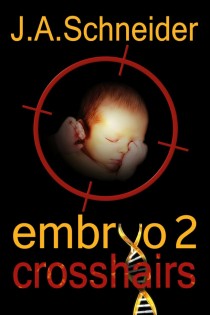
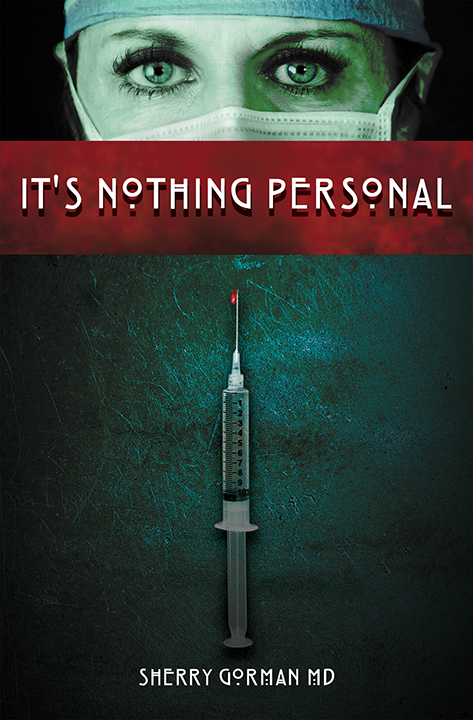
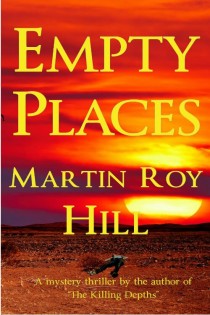
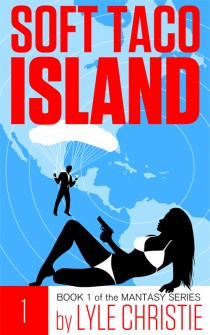
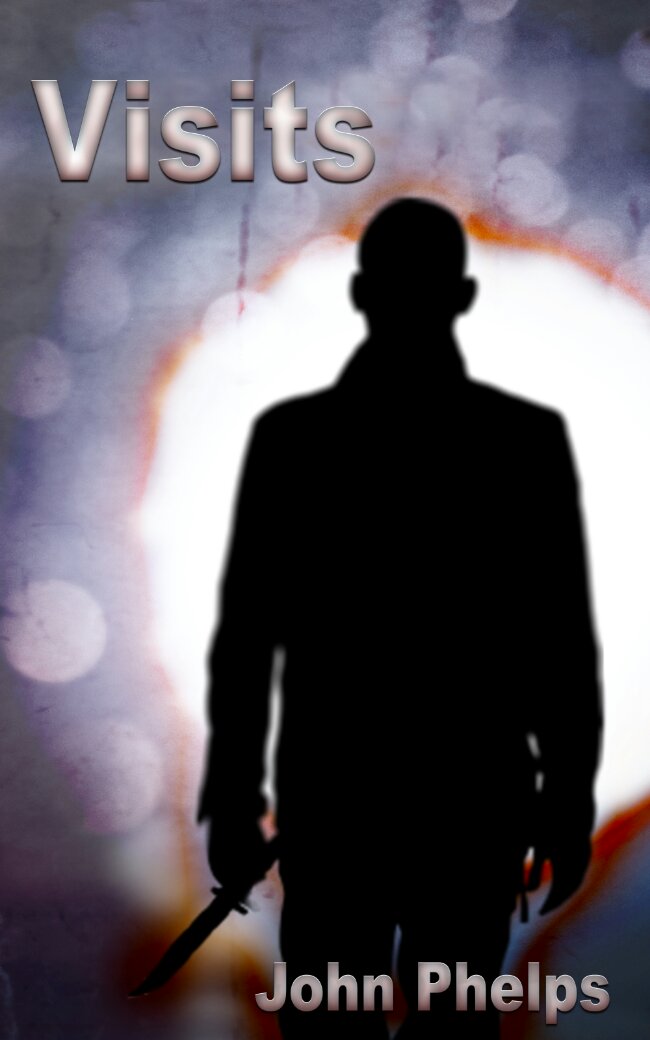
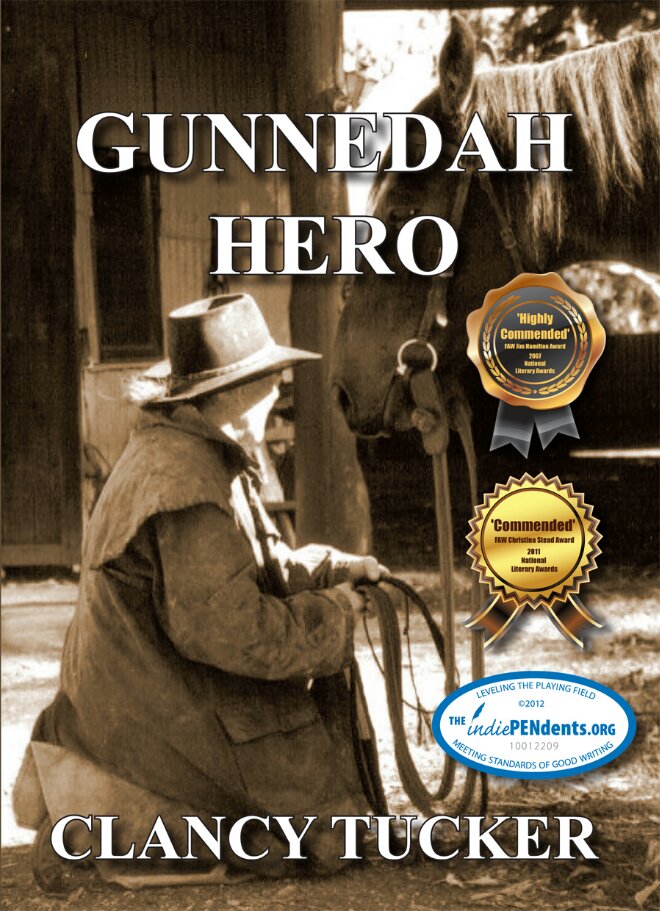
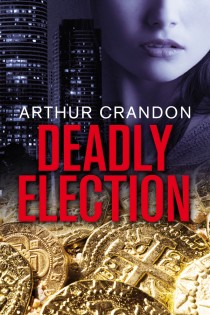
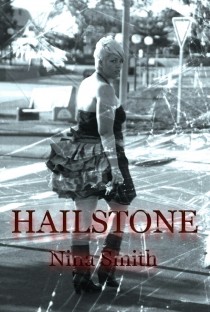
Pingback: Interview with IndieAuthor | Lee Robertson